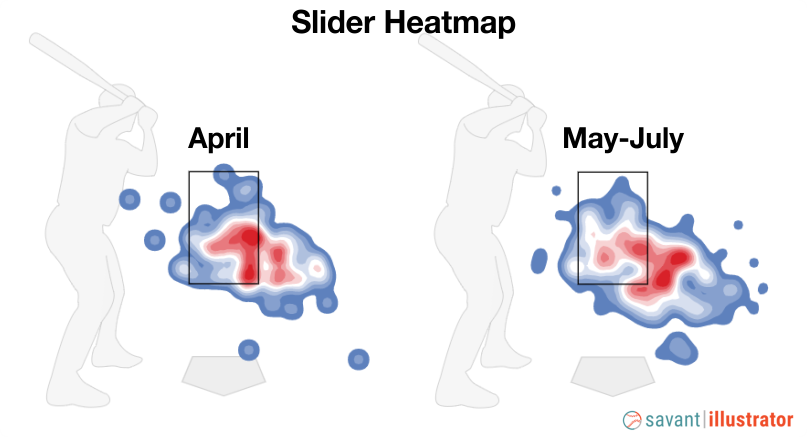The Brewers Add Another Upgrade to Their Infield
The Brewers have built a commanding lead in the NL Central, with a 7 1/2-game advantage over second-place Cincinnati. The team is being carried by the best starting rotation in baseball and a solid bullpen, the second-best run prevention unit in baseball behind the Giants. The offense is far less impressive, having scored just 4.4 runs per game this year with a wRC+ of 90 that ranks 22nd in the majors. Milwaukee’s pitching staff is more than good enough to carry it into the playoffs, so the front office has been focused on bringing in reinforcements to help the lineup. The team had already acquired Willy Adames and Rowdy Tellez in separate trades earlier this season. On Wednesday, it added another infielder to the mix, agreeing to a trade for Eduardo Escobar and sending two prospects, catcher/infielder Cooper Hummel and infielder Alberto Ciprian, to Arizona in exchange.
Escobar is in the last season of a three-year deal he signed back in 2019, and with the Diamondbacks’ 2021 a total loss, he was an obvious candidate to be moved; the only question was where. The White Sox had been connected to him a little earlier this month, but a finalized deal never materialized. Instead, the Brewers swooped in and added the versatile infielder to their roster.
The switch-hitter is in the midst of a resurgent season. From 2017 to ‘19, Escobar hit 79 home runs, posted a wRC+ of 108, and accumulated 8.8 WAR for the Twins and Diamondbacks. Things fell apart last year, though, as his power dried up and his wRC+ fell to 56. He’s gone back to normal this year, with 22 home runs, a wRC+ back up to 105, and the Diamondbacks’ lone All-Star roster spot a few weeks ago. Under the hood, his batted ball peripherals look like they’re intact from or improved on his peak.
| Years | K% | BB% | ISO | Avg EV | Max EV | Hard Hit% | Barrel% |
|---|---|---|---|---|---|---|---|
| 2017-2019 | 19.4% | 7.4% | 0.221 | 87.0 | 108.8 | 29.8% | 7.2% |
| 2020 | 18.5% | 6.8% | 0.123 | 88.6 | 106.7 | 31.7% | 5.5% |
| 2021 | 21.3% | 7.2% | 0.232 | 87.5 | 108.6 | 35.0% | 9.8% |
All that power that had escaped last season is back this year, and he’s increased his hard-hit rate and barrel rate, which has helped him offset a slight uptick in strikeout rate. On top of that, Escobar’s fly ball rate is pushing 50% for the first time in his career, and he’s pulling the ball more often than ever — and that batted ball profile stays consistent no matter which side he’s hitting from.



